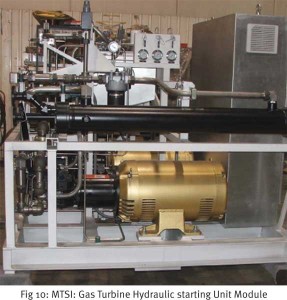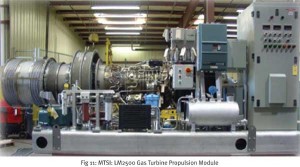 Warships are getting progressively more expensive to build, operate and maintain. Their payloads are becoming redundant ever faster. Economic conditions demand that Navies change their ship acquisition strategies. The new generation of ships will need quick reconfiguration for multi mission tasking as opposed to being designed for a fixed single mission. Additionally, they will have to be cheaper with shorter delivery times. Modular designed ships also require smaller crews and are maintenance friendly. On the down side, they will be larger and slightly heavier than conventional frame designed ships.
Warships are getting progressively more expensive to build, operate and maintain. Their payloads are becoming redundant ever faster. Economic conditions demand that Navies change their ship acquisition strategies. The new generation of ships will need quick reconfiguration for multi mission tasking as opposed to being designed for a fixed single mission. Additionally, they will have to be cheaper with shorter delivery times. Modular designed ships also require smaller crews and are maintenance friendly. On the down side, they will be larger and slightly heavier than conventional frame designed ships.
The current procedural arrangements within our existing Shipbuilding Industry and their many suppliers are not suited to fast Modular design and Construction. The intrinsic speed and interdependency required for faster construction require a different skill set, tools and incentives. In addition, the existing education and training spectrum within the Industry is a very narrow band one; heavily biased towards highly segregated disciplines which is inadequate for Modular design and assembly. That spectrum needs to change to a Module based wide band with much higher minimum standards extending to the lowest grades. Personnel especially designers and suppliers need to be very conversant and understand the science involved in every ship system and shipyard process. The advantages of the Private sector over the Public sector in terms of productivity and costs are well known. This acceptance has now been confirmed by an established shift of political emphasis to the former. Disruptive technologies and innovations often decide the outcomes of wars. Individual entrepreneurs historically have a better track record of such deliveries and risk acceptance than the public sector. To establish the precise benefits of any reorganization and introduction of new methodology, the true costs of existing Ships needs to be carefully established. Those costs must also include the direct and indirect expenditures incurred by associated Departments including Research & Development, Design Bureaus, Production, Training, Overseeing etc.
 The Shipbuilding Industry and the associated R&D Organizations are in need of a major renaissance and reformation led by young dynamic and innovative professionals who can think boldly and act beyond the conventional box. Like Lego sets, the next generation of ships designs can be reconfigured for new missions within weeks and even assembled if the modules are correctly designed, pre-built and available at selected locations. It is hoped that this presentation will provide the necessary stimulus to senior echelons to initiate the necessary in depth review of the Industry in order to establish on a rational basis the Modular design and production of the ships the Navy needs.
The Shipbuilding Industry and the associated R&D Organizations are in need of a major renaissance and reformation led by young dynamic and innovative professionals who can think boldly and act beyond the conventional box. Like Lego sets, the next generation of ships designs can be reconfigured for new missions within weeks and even assembled if the modules are correctly designed, pre-built and available at selected locations. It is hoped that this presentation will provide the necessary stimulus to senior echelons to initiate the necessary in depth review of the Industry in order to establish on a rational basis the Modular design and production of the ships the Navy needs.




